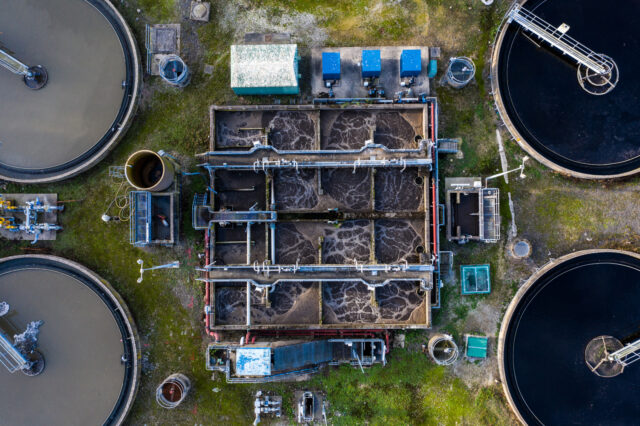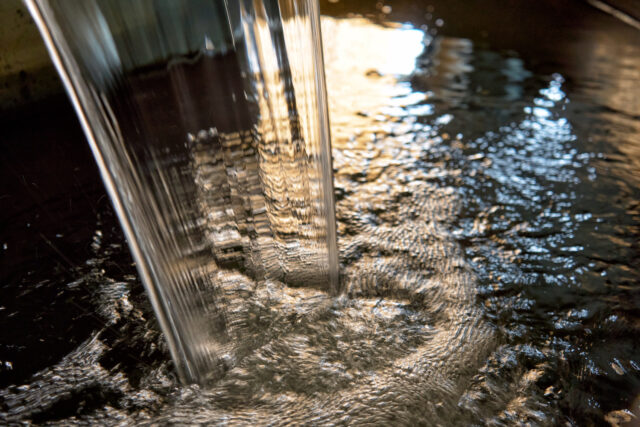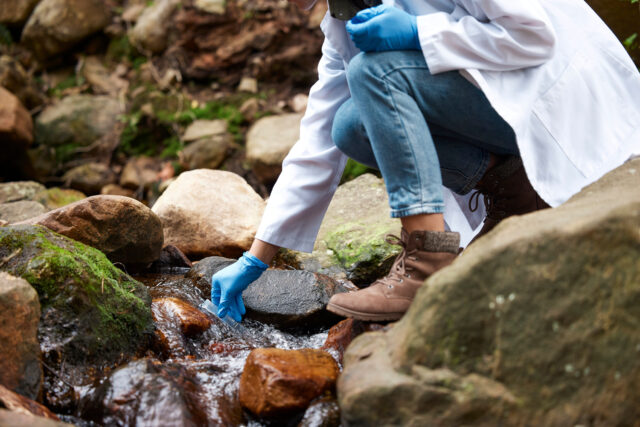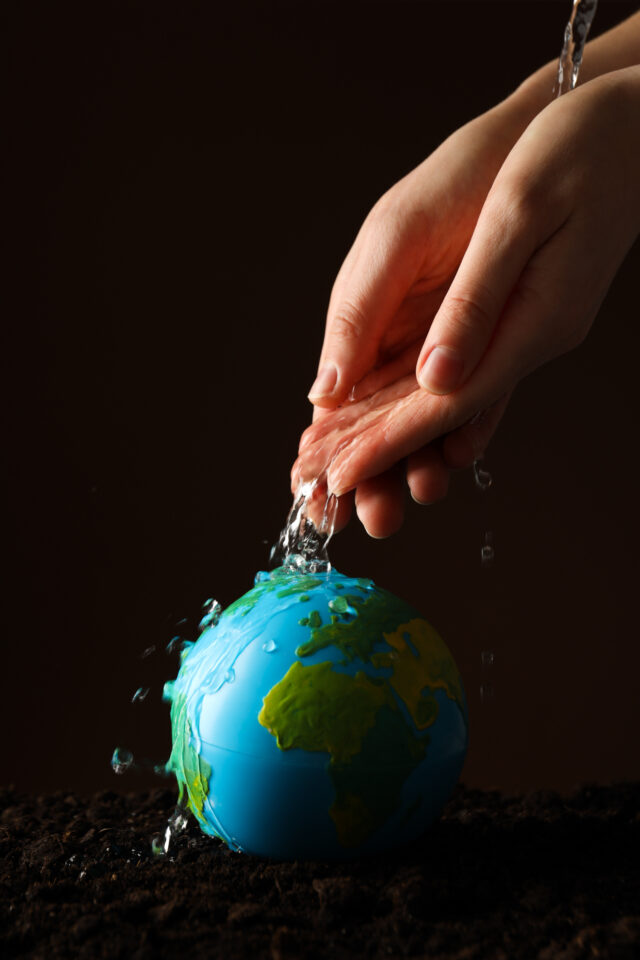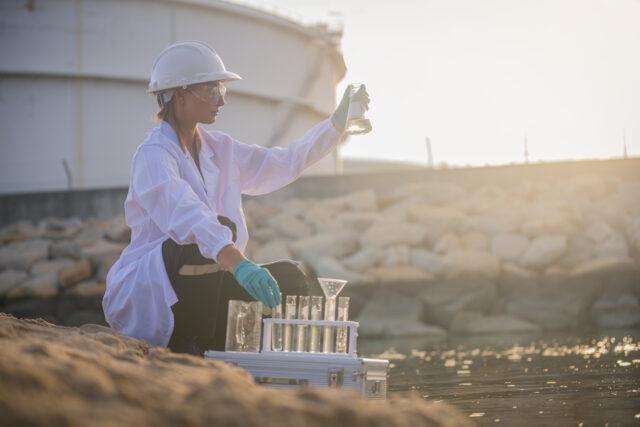Understanding Anaerobic Digestion in Wastewater Treatment
Anaerobic digestion (AD) is a critical process in municipal and industrial wastewater treatment plants, providing an effective solution for reducing sludge volume, breaking down harmful pollutants, and producing biogas. Let’s explore the stages, benefits, challenges, and regulatory aspects of anaerobic digestion.
What is Anaerobic Digestion?
Anaerobic digestion is a biological process where microorganisms break down organic matter, such as animal manure, wastewater biosolids, and food waste, in the absence of oxygen. This process results in two primary products: biogas and digestate. Biogas, predominantly composed of methane and carbon dioxide, can be utilized as a renewable energy source, while digestate, rich in nutrients, can be used as fertilizer.
The Four Stages of Anaerobic Digestion
- Hydrolysis: Bacteria break down complex organic compounds like carbohydrates into simple sugars.
- Acidogenesis: The simple sugars and amino acids are converted into carbon dioxide, ammonia, and organic acids.
- Acetogenesis: Organic acids are transformed into acetic acid, carbon dioxide, and hydrogen.
- Methanogenesis: Methanogens produce biogas from acetic acid, hydrogen, and carbon dioxide.
Benefits of Anaerobic Digestion
Anaerobic digestion offers several advantages:
- Volume Reduction: Significantly decreases the volume of sludge, making it easier to handle and dispose of.
- Pollutant Removal: Eliminates harmful pollutants such as heavy metals and xenobiotics, improving water quality.
- Biogas Production: Generates a renewable energy source, reducing reliance on fossil fuels and contributing to energy sustainability.
- Nutrient-Rich Digestate: Provides a valuable byproduct that can be used as a fertilizer, promoting sustainable agriculture.
Challenges and Considerations
While anaerobic digestion is highly beneficial, several factors must be managed to optimize the process:
- Screening and Degritting: Removing large materials and grit prevents maintenance issues and ensures smooth operation.
- Temperature and pH Control: Maintaining optimal conditions is crucial for the efficiency of the microorganisms involved.
- Handling Fine Suspended Solids: Ammonia and salts can affect the digestion process and must be monitored.
- Digestate Management: High phosphate levels in the digestate may require treatment to prevent water eutrophication, especially in areas with stringent nutrient discharge regulations.
Regulatory Framework
Anaerobic digestion systems must comply with various federal and state regulations:
- EPA Guidelines: The US EPA provides tools and guidelines, including the Co-digestion Economic Analysis Tool (Co-EAT) and a biogas toolkit, to help facilities optimize their anaerobic digestion processes and comply with regulatory requirements.
- State Regulations: Specific state regulations for wastewater anaerobic digesters can be found on respective state websites, ensuring adherence to local standards.
- Conservation Practice Standards: These standards guide the implementation of anaerobic digesters for waste management systems, promoting best practices.
- Emission Reporting: Federal requirements mandate the reporting of methane gas emissions and monitoring of organic material concentration in wastewater.
Enhancing Anaerobic Digestion Efficiency
To maximize the benefits of anaerobic digestion, pretreatment steps such as physical, thermal, or chemical methods may be necessary. These steps help optimize the digestion process, ensuring efficient breakdown of organic material and enhancing biogas production.
Anaerobic digestion is a powerful tool in wastewater treatment, offering numerous benefits including sludge volume reduction, pollutant removal, and biogas production. However, it requires careful management and adherence to regulatory standards to optimize its performance. By understanding and addressing the challenges associated with anaerobic digestion, water treatment professionals can enhance the efficiency of their operations and contribute to a more sustainable future. SOURCE: Wastewater Digest







